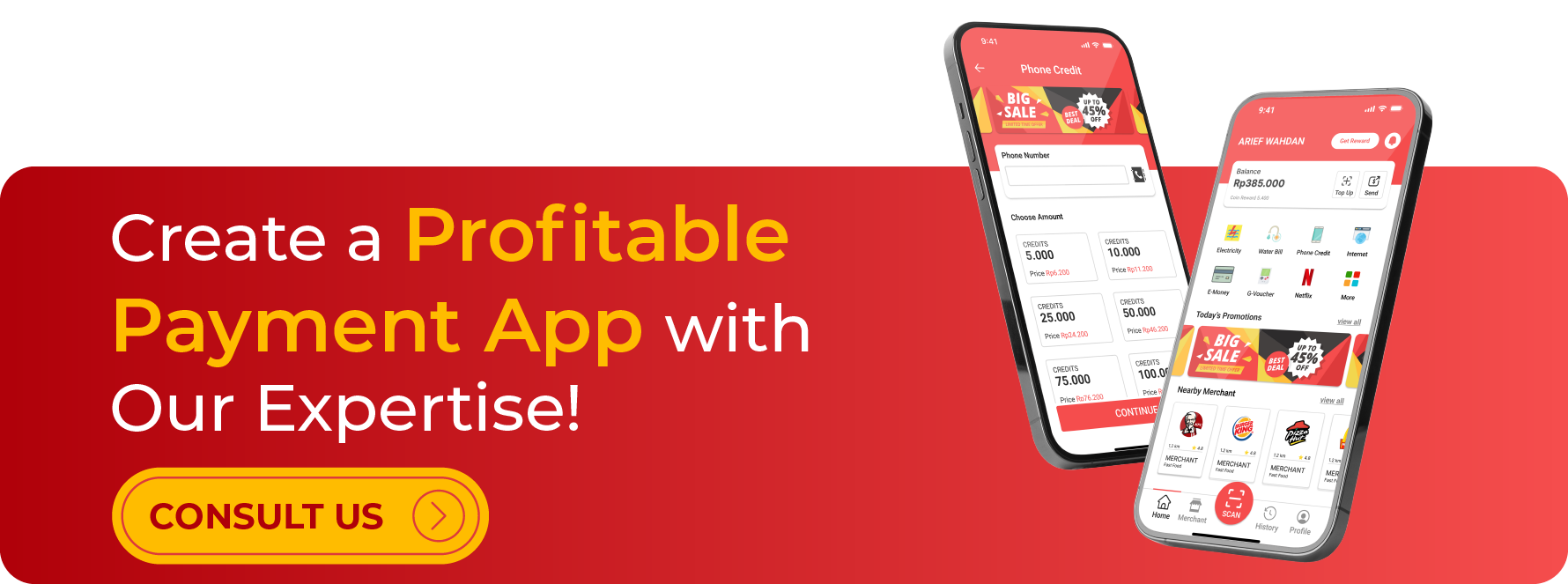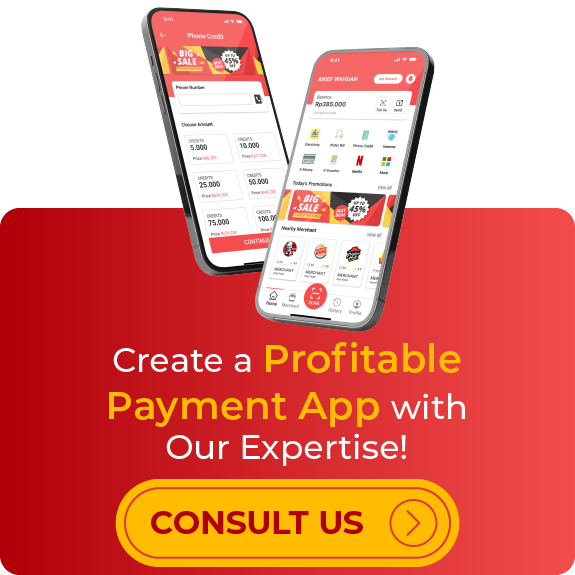Peer-to-peer payment platforms are all the rage these days. They make it easy for you to pay your friends back for that pizza you shared or to reimburse them for picking up the tab at happy hour. Among these platforms, the Venmo app has emerged as a favorite for its convenience and user-friendly features.
But with so many options out there, which one should you choose? When it comes to peer-to-peer (P2P) payments, Venmo stands out as a leader. It not only allows you to quickly send money to friends and family but also caters to small businesses with Venmo for Business, offering an efficient way to handle transactions.
In this blog post, we’ll take a closer look at the most popular P2P platforms and dive into why Venmo is leading the pack. We’ll also explore how Venmo makes money, how it works, and whether it’s safe to use. Keep reading to get the full scoop!
A Rise in the Use of Peer-to-Peer Payments

P2P (peer-to-peer) payments are those made between two private individuals, usually via a third-party mobile app or online service. The best examples of P2P payment apps are Venmo, Zelle, Cash, Paypal, and Google pay. Although there are many different P2P payment apps like Zelle are available, they all work in basically the same way.
First, you create an account with the app and link it to your bank account or credit card. Then, you can use the app to send money to other people who also have accounts with the same app.
The money is typically transferred immediately, and there are usually no fees involved. This makes P2P payments very convenient, especially for small amounts of money.
In addition, P2P payments are often more secure than traditional methods like checks or money orders, since they typically involve less personal information. Consequently, Peer-to-Peer payments have grown in popularity in recent years and will only grow.
About Venmo
Venmo, founded in 2009 by Iqram Magdon-Ismail and Andrew Kortina, both alumni of the University of Pennsylvania, was originally created as a simple way for students to pay each other back for shared expenses. Based in New York City, Venmo is now a subsidiary of PayPal Holdings, Inc., and has grown to serve a much wider audience.
Venmo is a popular app that allows users to quickly transfer money to friends, family, or businesses. Available for both Android and iOS devices, it’s commonly used for paying for goods and services, making it a go-to choice for businesses.
While Venmo is free to download, it offers additional features tailored for businesses, such as transaction processing and integration with e-commerce platforms, which showcase how Venmo makes money.
These business-focused features, along with optional fees for instant transfers or specific payment methods, contribute to Venmo’s revenue model while making it a versatile platform for personal and professional use.
How Does Venmo Work?
Have you ever wondered how Venmo makes Money? Using Venmo, users can send money to each other digitally. The app uses bank-level security measures to ensure that all transactions are safe and secure.
To use Venmo, you first need to create an account and link it to your bank account or debit card. Once your account is created, you can start sending and receiving money from other Venmo users.
There are two ways to transfer money on Venmo: using the app or through the website. Take a look at how to send and receive money on Venmo–
How to Send Payments on Venmo?
Sending payments on Venmo is simple and easy. To start, open the app and log into your account. Then, click on the “Payments” tab at the bottom of the screen.
Next, enter the amount you want to send, the recipient’s name or phone number, and a brief description of the payment. Finally, click “Pay” to complete the transaction.
How to Request Payments on Venmo?

Requesting payments on Venmo is just as easy as sending them. To start, open the app and log into your account. Then, click on the “Payments” tab at the bottom of the screen.
Next, click on the “Request” button at the top of the screen. Enter the amount you’re requesting, the recipient’s name or phone number, and a brief description of what the payment is for. Finally, click “Request” to send your request.
What is Venmo’s Business Model?
Venmo is a fantastic platform for sending and receiving money seamlessly, but understanding Venmo for Business, its unique business model, and the associated fees can sometimes feel a bit tricky. Whether you’re a small business owner or just exploring payment options, getting to know how Venmo operates for business purposes can help you make the most of this versatile tool.
Here’s a rundown of how Venmo charges for transactions
1. Instant Transfer
This feature was enabled in Venmo in 2019 and turned into a significant revenue stream. It is possible to instantly transfer Venmo money to a bank account if a user does not want to wait one to three days for it to be transferred. Venmo charges users a 1% fee on each transaction, with a minimum of $0.25 and a maximum of $10.
2. Cash A Check
The Venmo cashing service was launched in January 2021. The company charges users a 1% of transaction fee with a min $5 check amount.
3. Pay With Venmo Debit Card
This is the major revenue stream of Venmo. The app charges a $0.30 transaction fee and a 2.9% merchant fee on every request of payment. It is similar to Visa or MasterCard charges; POS counters that accept MasterCard accept Venmo payments as well.
4. Transaction Processing Fees
To process transactions, Venmo charges merchants an interchange fee. This fee varies based on the type of transaction and the merchant category code associated with your business.
5. Withdrawal Fees
To withdraw funds from an ATM or at a bank teller, you’ll have to pay a $2.50 withdrawal fee plus another $3 fee if you’re withdrawing funds at a bank teller.
However, if you’re using the Venmo card to withdraw cash at an ATM or make purchases at select merchants, there won’t be any additional fees associated with those transactions (though some merchants do limit how much cash they will accept).
6. Cash Interest from Loans
The platform loans cash to banks through its system in return for an average landing fee of 3% in 2019. This loan is an important part of how Venmo makes money because it allows them to keep their costs down while still offering.
Growth Prospects of Venmo App

According to PayPal, Venmo’s parent company, the company will continue to strengthen its partnerships with retailers.
Additionally, the company expects to integrate QR payments with other major merchants like Bed, Bath, & Beyond and Nike. Venmo continues to expand, but it is unclear whether it will take its model international.
Among Venmo’s Competitors
Venmo competes with the following e-wallet services for market share.
Google Pay
Like Venmo, Google Pay allows users to connect their bank accounts, credit cards, and debit cards to the platform. The international availability of Google Pay, however, gives it an advantage.
Apple Pay
U.S. and Canadian consumers are increasingly using Apple Pay. Strong market development has been observed in countries such as the UK and Australia, where Google Pay is also available internationally.
Users of iOS-based devices can use Apple Pay to make payments by using their fingerprints to verify their identity.
Zelle
The Zelle app is a cash payment app that has many similarities to Venmo. The payment app is owned and managed by a group of US-based financial institutions.
Cash App
The founder of Twitter, Jack Dorsey, launched Square to compete with PayPal. Through its mobile app, the company offers free debit card transactions through its “Cash App” platform.
inal Thoughts
Peer-to-peer payment platforms have gained immense popularity in recent years, with Venmo leading the charge in this industry. If you’re considering building your own peer-to-peer app, it’s crucial to understand what features users value most to create a successful platform. For example, how Venmo makes money is a great case study—combining peer-to-peer transactions with innovative features like Venmo for Business, which allows businesses to accept payments seamlessly.
Venmo has become a leader in peer-to-peer payments thanks to its user-friendly interface and diverse range of features, but there’s still room for new players to innovate and capture market share. Researching user preferences and offering a platform that’s both valuable and convenient are essential steps for success in this growing industry.
If you’re ready to turn your app idea into reality, Scrum Digital is here to help. Learn more about our app development services, and let’s discuss how we can tailor your platform to meet user needs and stand out in the market!
Final Thoughts
Peer-to-peer payment platforms have gained immense popularity in recent years, with Venmo leading the charge in this industry. If you’re considering building your own peer-to-peer app, it’s crucial to understand what features users value most to create a successful platform. For example, how Venmo makes money is a great case study—combining peer-to-peer transactions with innovative features like Venmo for Business, which allows businesses to accept payments seamlessly.
Venmo has become a leader in peer-to-peer payments thanks to its user-friendly interface and diverse range of features, but there’s still room for new players to innovate and capture market share. Researching user preferences and offering a platform that’s both valuable and convenient are essential steps for success in this growing industry.
If you’re ready to turn your app idea into reality, Scrum Digital is here to help. Learn more about our app development services, and let’s discuss how we can tailor your platform to meet user needs and stand out in the market!




